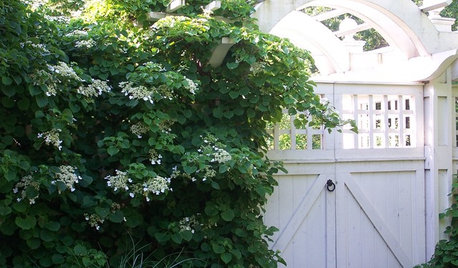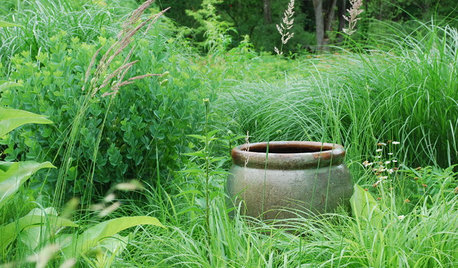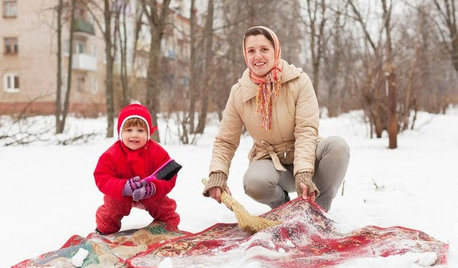fall fruit damage from SWD
windfall_rob
10 years ago
Related Stories

GARDENING GUIDESGreat Design Plant: Grow Blueberries for Their Fruit and More
Eastern gardeners should consider growing blueberry plants for their delicious fruits, bee-friendly spring blooms and brilliant fall foliage
Full Story
FARM YOUR YARDIf You Have Room for Only One Fruit Tree ...
Juice up a small garden with one of these easier-care or worth-the-effort fruit trees for a mild climate
Full Story
MOST POPULARHow to Get Rid of Those Pesky Summer Fruit Flies
Learn what fruit flies are, how to prevent them and how to get rid of them in your home
Full Story
EDIBLE GARDENSGrow Plum Hybrids for Your Favorite Fruit Flavors
Plums are cozying up with apricots, peaches and even cherries — here’s how to grow these hybrids for the best aspects of each
Full Story
FALL GARDENINGMake This Fall’s Garden the Best Ever
Learn the most important tip for preventing buyer’s remorse, plus get more valuable buying and planting advice
Full Story
FALL GARDENING6 Deer-Resistant Flowering Vines to Plant This Fall
Have a major deer problem? Here are some of the only vines that have a chance of not being eaten
Full Story
INSPIRING GARDENSFrom Concrete Lot to Gracious Organic Garden in Seattle
Plants, pests and even weeds have a place in this landscape, which offers an edible bounty and a feast for the eyes
Full Story
KITCHEN DESIGN16 Practical Ideas to Borrow From Professional Kitchens
Restaurant kitchens are designed to function efficiently and safely. Why not adopt some of their tricks in your own home?
Full Story
GARDENING GUIDES5 Invaluable Life Lessons From the Garden
The garden is both teacher and healer. Don't be afraid — dig in and reap the benefits
Full Story
HOMES AROUND THE WORLDHousehold Habits and Customs to Borrow From Other Countries
Discover why salt may be the perfect house-warming gift, how to clean rugs in snow and why you should invest in a pair of ‘toilet slippers’
Full Story







ericwi
larry_gene
Related Professionals
Canton Landscape Architects & Landscape Designers · Camas Landscape Architects & Landscape Designers · Jennings Landscape Architects & Landscape Designers · Saint Charles Landscape Architects & Landscape Designers · Saint Louis Park Landscape Architects & Landscape Designers · Roxbury Crossing Landscape Architects & Landscape Designers · Mount Wilson Landscape Architects & Landscape Designers · Cambridge Landscape Contractors · Cerritos Landscape Contractors · Longview Landscape Contractors · Pueblo West Landscape Contractors · Quincy Landscape Contractors · Ronkonkoma Landscape Contractors · West Palm Beach Landscape Contractors · North Aurora Landscape Contractorswindfall_robOriginal Author
uglyapple
bob_z6
plumhillfarm
larry_gene